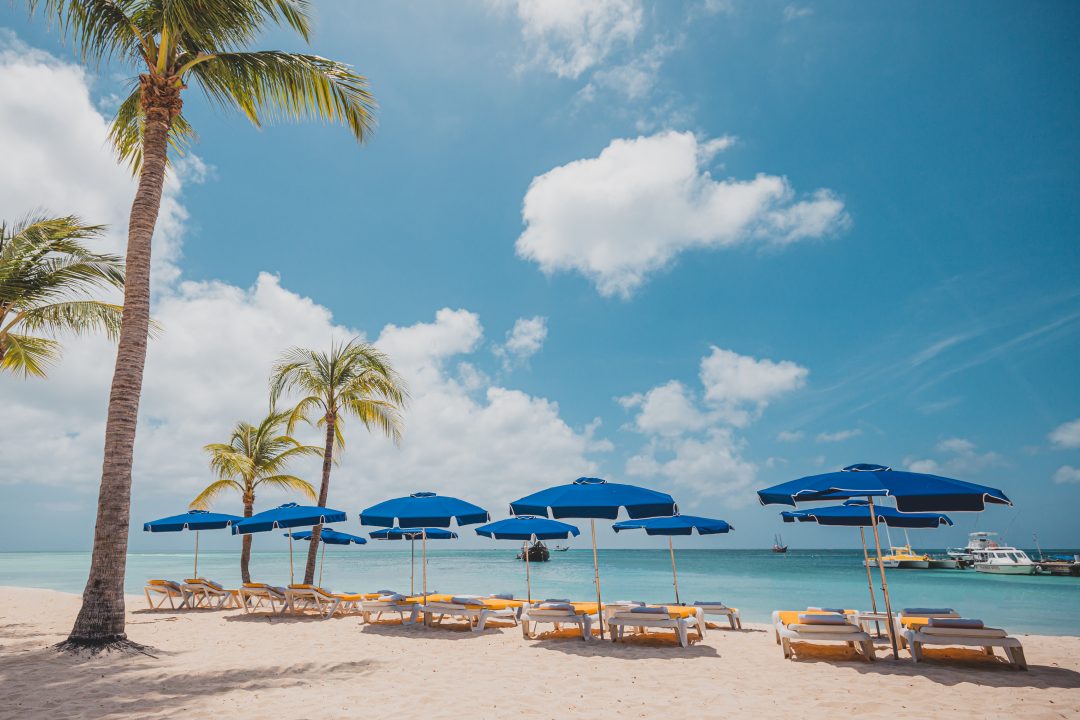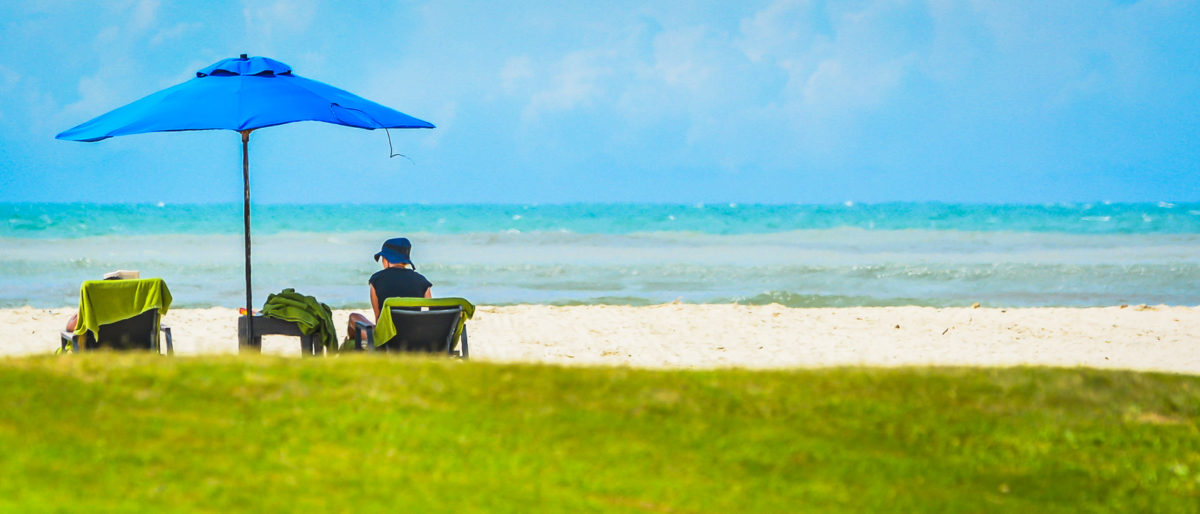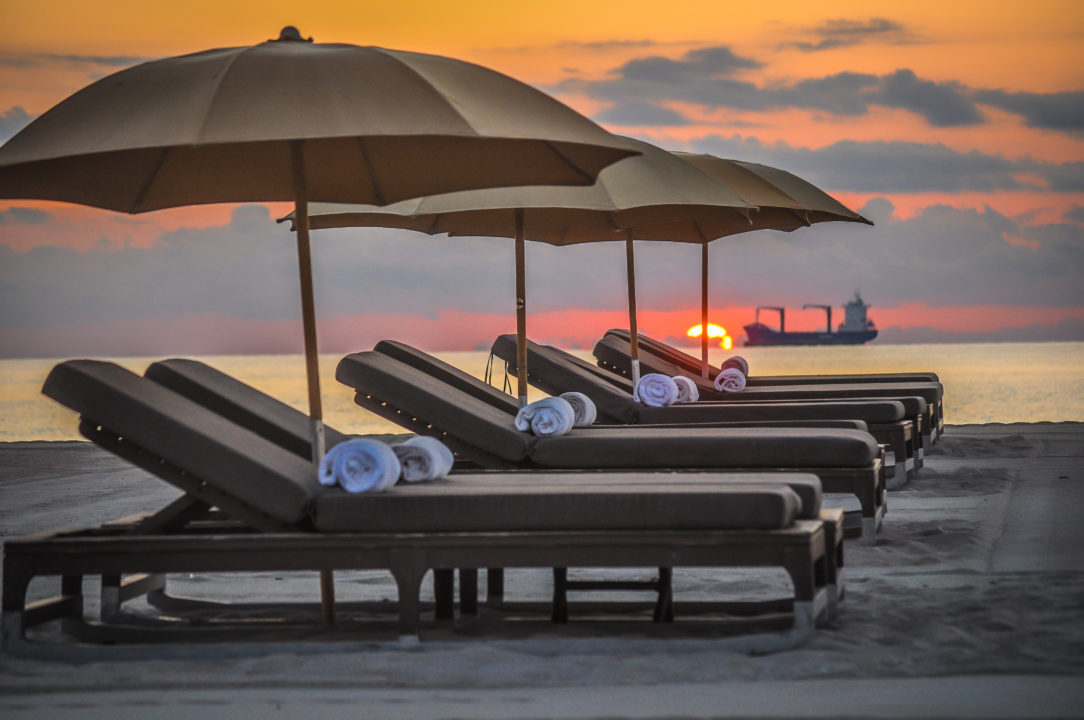Researchers at Tideschart, a leading tide forecasting platform, analyzed 528 beaches across the United States, assessing three critical risk factors—surf zone fatalities, shark attacks, and hurricanes—to identify the nation’s most dangerous beaches.
Each beach was then assigned a score out of 100, creating an overall safety ranking based on these factors to help beachgoers make informed decisions and prioritize their safety when visiting U.S. coastlines.

While Florida’s beaches are known for their beauty, they also pose serious risks, especially for families with children. The combination of strong rip currents, high surf fatalities, and frequent shark encounters makes some of these beaches particularly hazardous for young swimmers and less experienced beachgoers.
As a result, parents should take extra precautions when visiting these locations, ensuring children stay within designated swimming areas and are always supervised. Additionally, hurricane activity can rapidly change ocean conditions, creating unexpected dangers even on seemingly calm days. By staying informed and prioritizing safety measures, families can still enjoy the coast while minimizing risks.
Florida’s beaches are popular but carry significant risks. All 10 of the most dangerous beaches in the U.S. are located in the state, each having been impacted by 126 hurricanes between 1851 and 2024.
With a mix of frequent shark attacks, surf zone fatalities, and the constant threat of hurricanes, these beaches are especially hazardous for visitors.

Ranking first on the list and taking the title of America’s most dangerous beach is New Smyrna Beach, Florida, with a final score of 76.92.
It is not only one of the most likely beaches in the US to experience a hurricane, due to its location on the Florida coastline, but it is also the beach with the highest likelihood of shark attacks.
With 277 recorded shark attacks in its history, it surpasses Daytona Beach, which ranks second with 67 attacks. The beach is often referred to as the “Shark Bite Capital of the World” due to the high number of shark encounters. Additionally, there have been 12 surf zone fatalities reported between 2010 and 2024.

Laguna Beach with a final score of 67.75, ranks second, recording 39 surf zone fatalities—the highest of all 528 beaches analyzed—along with nine shark attacks.
In addition, the combination of powerful rip currents and large waves in Florida makes the area especially hazardous, significantly contributing to the high number of drowning incidents.
Third on the list is Daytona Beach (Florida), with a final score of 64.47, having seen 27 surf zone fatalities and 67 shark attacks. Famous for its wide, open shores, the beach’s powerful currents and diverse marine life pose heightened risks for those who visit.

Miami Beach ranks fourth, with a final score of 46.49, recording 13 surf zone fatalities and 17 shark attacks. As a major tourist hotspot, this Florida beach attracts large crowds, and its prime coastal location makes it highly susceptible to hurricanes.
In fifth place, with a final score of 44.64, is Indialantic Boardwalk, Florida. The beach has recorded nine surf zone fatalities and 30 shark attacks. The combination of powerful currents and frequent marine wildlife encounters makes the beach especially hazardous for visitors.

Top 10 most dangerous beaches in America:
| Rank | Beach name | State | Surf zone fatalities | Shark attacks | Hurricanes | Final score |
| 1. | New Smyrna Beach | Florida | 12 | 277 | 126 | 76.92 |
| 2. | Laguna Beach | Florida | 39 | 9 | 126 | 67.75 |
| 3. | Daytona Beach | Florida | 27 | 67 | 126 | 64.47 |
| 4. | Miami Beach | Florida | 13 | 17 | 126 | 46.49 |
| 5. | Indialantic Boardwalk | Florida | 9 | 30 | 126 | 44.64 |
| 6. | Cocoa Beach | Florida | 7 | 39 | 126 | 44.01 |
| 7. | Palm Beach | Florida | 7 | 35 | 126 | 43.53 |
| 8. | Miramar Heights Beach | Florida | 10 | 0 | 126 | 41.88 |
| 9. | Cape Canaveral | Florida | 6 | 19 | 126 | 40.75 |
| 10. | Jupiter Beach Park | Florida | 5 | 23 | 126 | 40.37 |
Cocoa Beach, a popular destination in Florida, ranks sixth on the list, with seven surf zone fatalities and 39 shark attacks recorded. Known for its vibrant surfing culture, the beach’s powerful waves, strong currents, and active marine life contribute to its high danger rating, earning it a final score of 44.01.
Palm Beach (Florida) comes in seventh, with a final score of 43.53, recording seven surf zone fatalities and 35 shark attacks. The area’s popularity for boating and fishing may increase interactions with marine wildlife.
Miramar Heights Beach in Florida ranks eighth, with 10 surf zone fatalities and no recorded shark attacks.

Despite the absence of shark attacks, the beach has a final score of 41.88, with the high number of fatalities due to dangerous surf conditions and powerful currents that pose significant risks to swimmers and surfers.
Cape Canaveral ranks ninth with a final score of 40.75, having recorded six surf zone fatalities and 19 shark attacks. Its proximity to inlets and waterways contributes to stronger currents and increased marine activity, making it particularly hazardous for beachgoers in Florida.
At the other end of the spectrum, several beaches stand out as the safest, with no recorded incidents across the evaluated factors.
